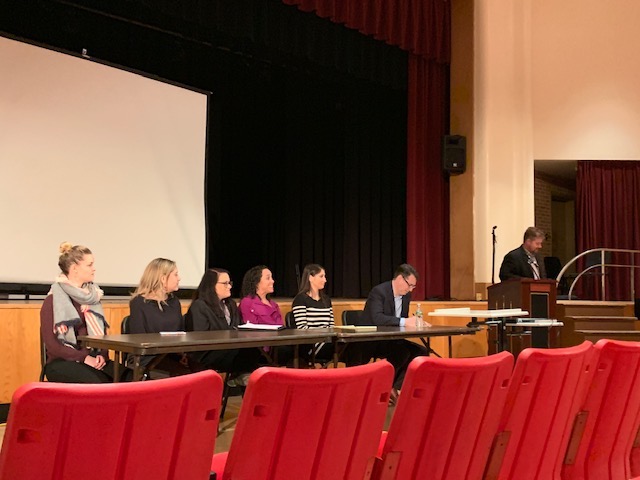Being Comfortable with the Uncomfortable: How to Cope With Anxiety
- Wednesday, 09 January 2019 13:10
- Last Updated: Wednesday, 09 January 2019 13:21
- Published: Wednesday, 09 January 2019 13:10
- Joanne Wallenstein
- Hits: 4841
 Though the term anxiety conjures up uncomfortable associations with pounding hearts and sleepless nights, it turns out that a little bit of anxiety is a good thing. It’s anxiety that prevents us from oversleeping, missing deadlines and keeping commitments. Anxiety also protects us from dangerous activities that imperil our physical safety. So how can we use a little anxiety to help us succeed and prevent overwhelming anxiety from undermining us? Even more perplexing, how do we teach our children how to deal with their worries?
Though the term anxiety conjures up uncomfortable associations with pounding hearts and sleepless nights, it turns out that a little bit of anxiety is a good thing. It’s anxiety that prevents us from oversleeping, missing deadlines and keeping commitments. Anxiety also protects us from dangerous activities that imperil our physical safety. So how can we use a little anxiety to help us succeed and prevent overwhelming anxiety from undermining us? Even more perplexing, how do we teach our children how to deal with their worries?
That was the subject of an informative talk from clinical social worker Kimberly Vale at a meeting sponsored by the PT Council and CHILD on Tuesday January 8 at Scarsdale Middle School. In a well-crafted presentation, Vale helped parents identify the signs of anxiety in their children and provided them with some tactics to address it.
Vale explained that anxiety is common among children, with one in eight children meeting the criteria for this mental illness and one in three teens afflicted. Vale explained anxiety as “an evolutionary imprint that protects us,” and “the body’s natural ability to detect danger.” She called it both “necessary and useful.”
However, when anxiety is intense, excessive and persistent and causes kids to avoid normal activities it becomes a problem. This crippling anxiety is out of proportion with the actual danger at hand and is long lasting.
How to deal with it? Vale says that constantly reassuring child that they have nothing to worry about or that they will be okay does not help a child to deal with their anxiety. In fact, this response on a parent’s part can feed their child’s anxiety rather than alleviate it.
Instead Vale recommended a series of tactics to normalize the anxiety and teach kids to combat it. She advocated teaching kids that the anxiety is a “false alarm that is going off,” and emphasizing that fears are temporary. She said, “We are not trying to make them (the fears) go away – just not letting them get in the way.” She tells her patients to give their anxiety a name like “Mr. Baloney,” and to learn to combat their anxious alter egos.
Rather than avoid anxiety-provoking situations, Vale recommended that parents give their kids a small taste of what scares them so that they can learn to cope. For instance, if your child is afraid of dogs, arrange a quick visit to a friend’s house where a dog is present and let the child get used to playing at a house with a dog.
She told parents to encourage their children to talk about their fears and to assure children that as a parent, you are on their team. Since Scarsdale has professional staff at each school, she recommended that parents with anxious children share their concerns with the child’s teacher or school psychologist so that the school staff can also help the child to cope with anxiety.
When to find a therapist? If the anxiety becomes pervasive and prevents children from doing their school work, attending parties, participating in sports – or doing what they want to do – Vale recommended getting some professional help, especially from the personnel at the Scarsdale Schools.
Her talk was followed by a panel discussion with some of the district’s psychologists and youth outreach workers from Scarsdale Family Counseling Service. They are an impressive group and available to parents and kids. Director of Special Education Eric Rauschenbach introduced Leah Furst, Emily Vallario, Jenn Walker,Kristin Oliverio and Elliot Cohen, all available at district schools to assist parents and students confront anxiety.
Learn more from the following resources:
Find a therapist: www.abct.org
Parenting articles: https://childmind.org
“Helping Your Anxious Child: A Step-by-Step Guide for Parents" by Ronald M. Rapee PhD, Ann Wignall D. Psych, Susan Spence, PhD, Vanessa Cobham, PhD, Heidi Lyneham, PhD.
“Freeing Your Child Frm Obsessive Compulsive Disrder, Chansky, Tamar E.,PhD
App guide: https://psyberguides.org/apps








